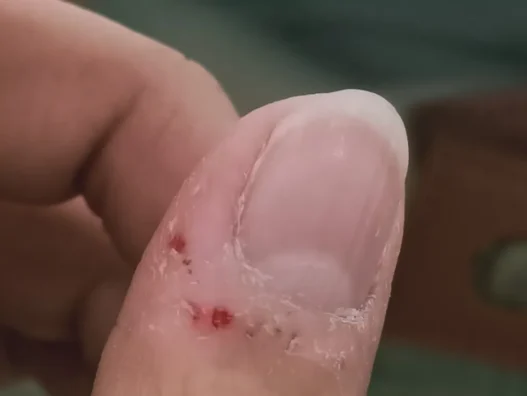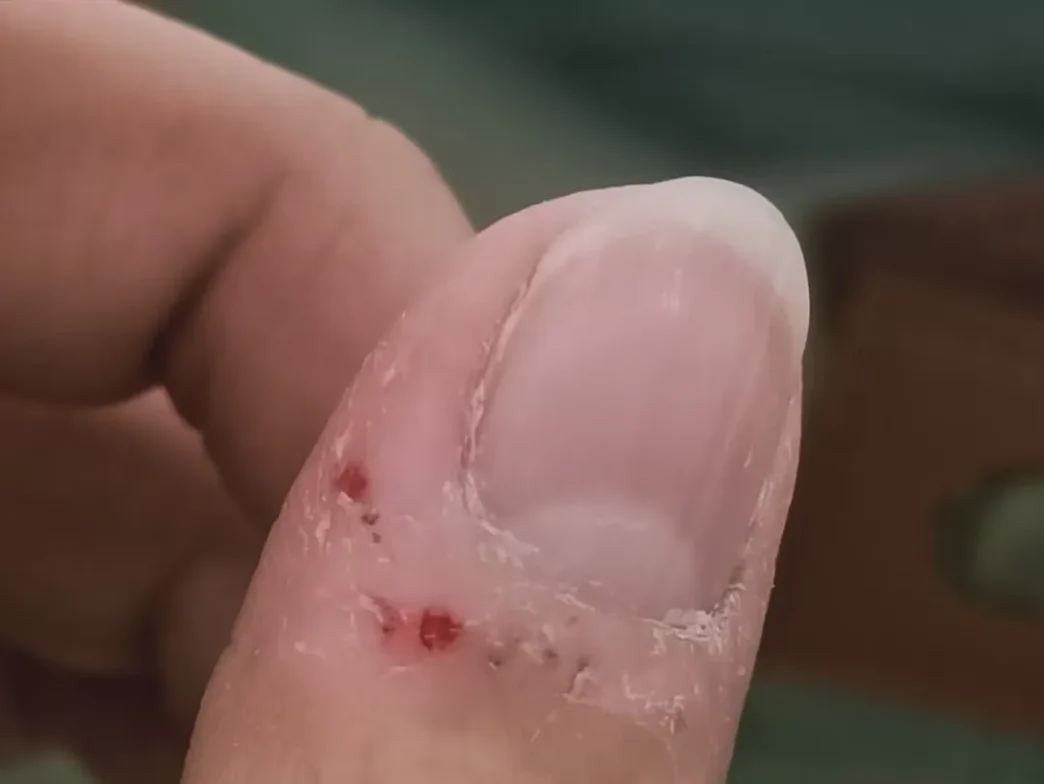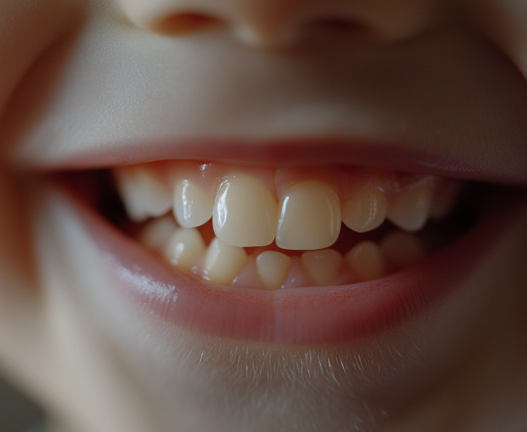When autumn and winter roll in, those annoying little hangnails seem to pop up more often. You know you shouldn’t pull them, but sometimes it’s just too tempting!
Unfortunately, many horror stories online prove that pulling hangnails can lead to paronychia—a painful infection that causes swelling, pus-filled fingers, and in extreme cases, even osteomyelitis (a severe bone infection). Some severe cases of neglected hangnail infections have even led to amputations.
So, are you sure you want to keep pulling at that tiny piece of skin? Let’s uncover five painful truths about hangnails that will make you think twice before yanking them off.
1. Are Hangnails Caused by a Vitamin Deficiency?
No, hangnails are not caused by a lack of vitamins.
While certain vitamin deficiencies can lead to skin issues, they are usually accompanied by more serious symptoms like stunted growth or chronic illnesses.
Medically, hangnails occur when the outermost layer of skin around your nails peels abnormally, leaving behind tiny, sharp bits of detached skin.
So why do they appear more in winter? The skin around your nails is thinner and lacks sweat and sebaceous glands to keep it naturally moisturized. Cold weather, frequent hand washing, and friction (like playing sports or doing housework) all increase your chances of developing hangnails.
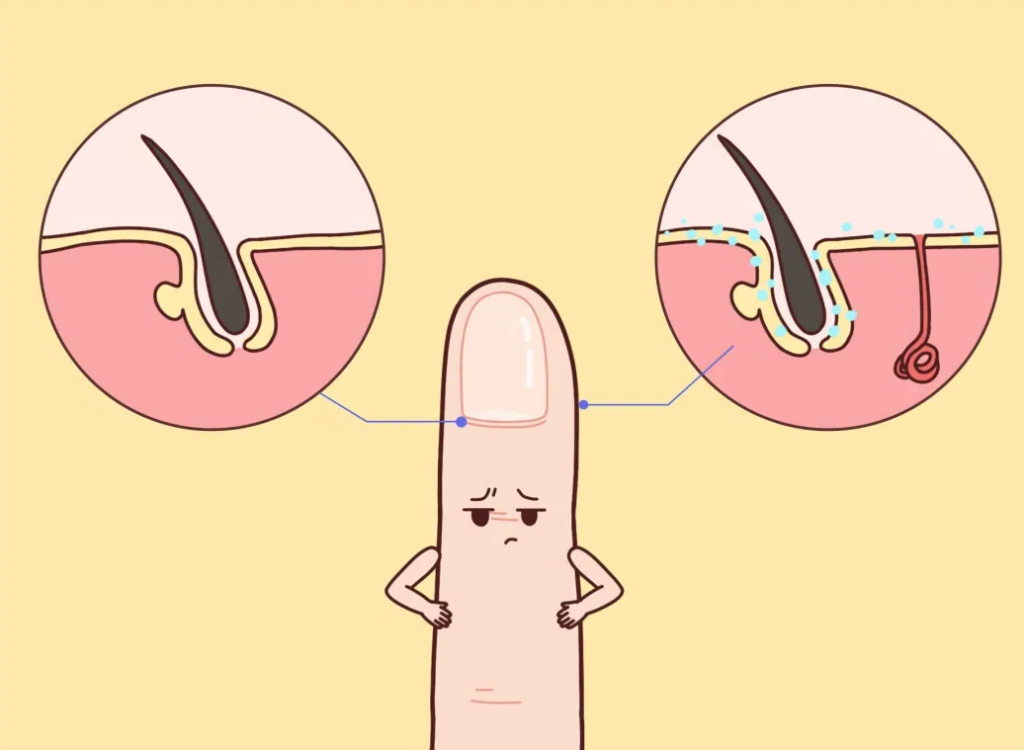
2. How Can You Stop Hangnails From Coming Back?
Since dryness and friction are the main culprits, the best way to prevent hangnails is hydration and protection.
Step 1: Trim Hangnails Properly
- Use sterilized nail clippers or cuticle scissors.
- Never rip or bite them off—it can cause microscopic wounds, leading to infections.
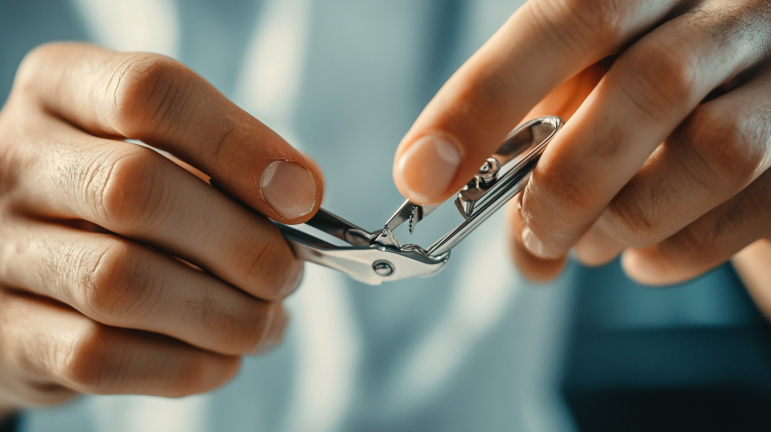
Step 2: Keep Hands Moisturized
- Apply hand cream regularly, especially on the cuticles.
- Use cuticle oil to create a protective barrier and soften skin.
Step 3: Avoid Excessive Friction
- Reduce exposure to harsh soaps and detergents.
- Wear gloves when washing dishes or cleaning.
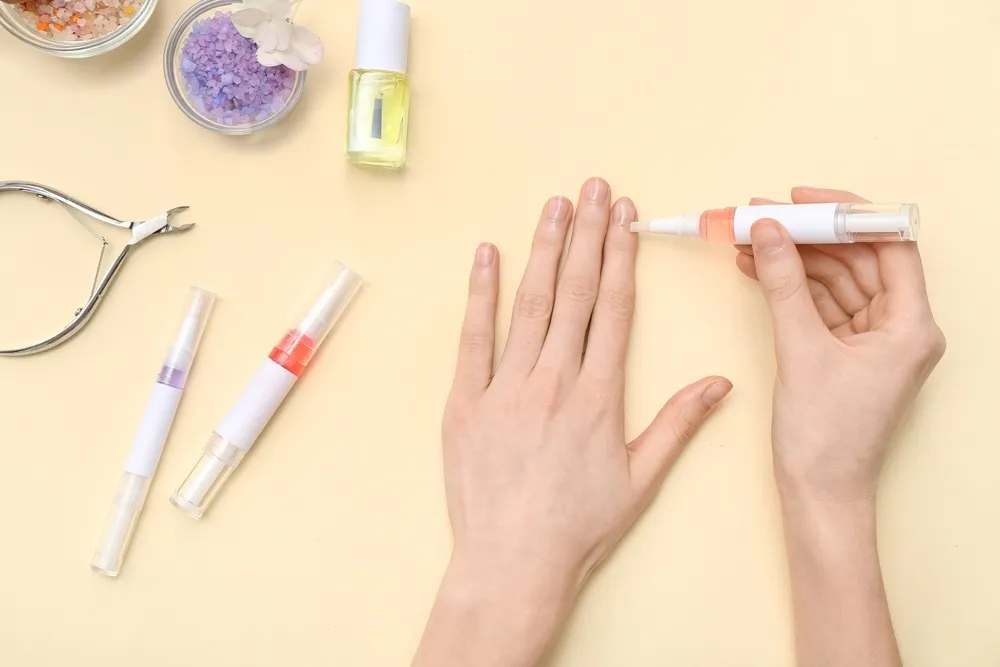
3. Can Hangnail Wounds Get Infected from Public Surfaces?
Hangnail wounds expose your skin to bacteria and fungi lurking in public spaces, which could lead to serious infections. Here are three common concerns:
1) Can Hangnails Transmit HIV from Shared Items?
Highly unlikely.
Even if a contaminated object has traces of HIV, the virus cannot survive for long outside the human body. Additionally, the chance of infection through a minor wound like a hangnail is less than 0.3%.
2) Do I Need a Tetanus Shot If I Touch Rusty Objects?
Not necessarily.
While tetanus bacteria can be found in soil and rust, it doesn’t thrive on dry, exposed metal surfaces. Superficial cuts from hangnails don’t typically require a tetanus shot—only deep, puncture wounds do.
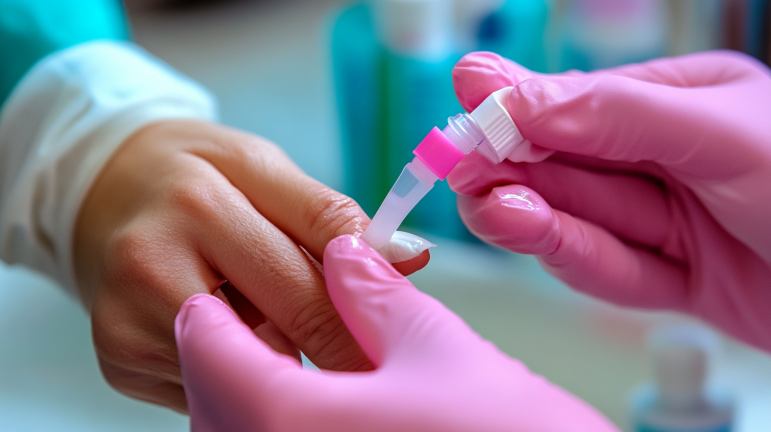
3) What If I Handle Seafood and My Hangnail Gets Red and Swollen?
If the redness is mild, it’s probably not dangerous. However, Vibrio vulnificus—a bacteria found in raw seafood—can cause severe infections. If swelling worsens within 24–48 hours, seek medical attention immediately.
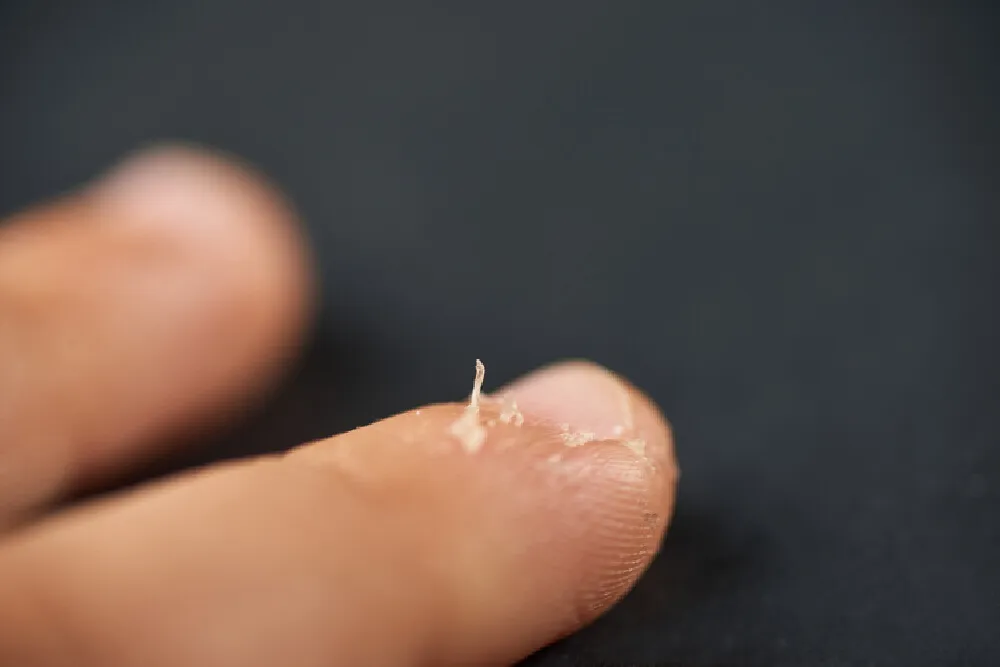
4. What Should You Do If a Pulled Hangnail Becomes Infected?
If you pulled a hangnail and now have redness, swelling, or pain, don’t ignore it.
How to Treat an Infected Hangnail at Home:
- Clean the area with iodine or hydrogen peroxide.
- Apply an antibiotic ointment like mupirocin and cover it with a bandage.
- Avoid using dirty hands to touch the wound.
If the infection worsens—meaning pus develops, pain increases, or redness spreads—see a dermatologist immediately.
Severe untreated infections can lead to osteomyelitis (bone infection), requiring aggressive antibiotics or even surgery.
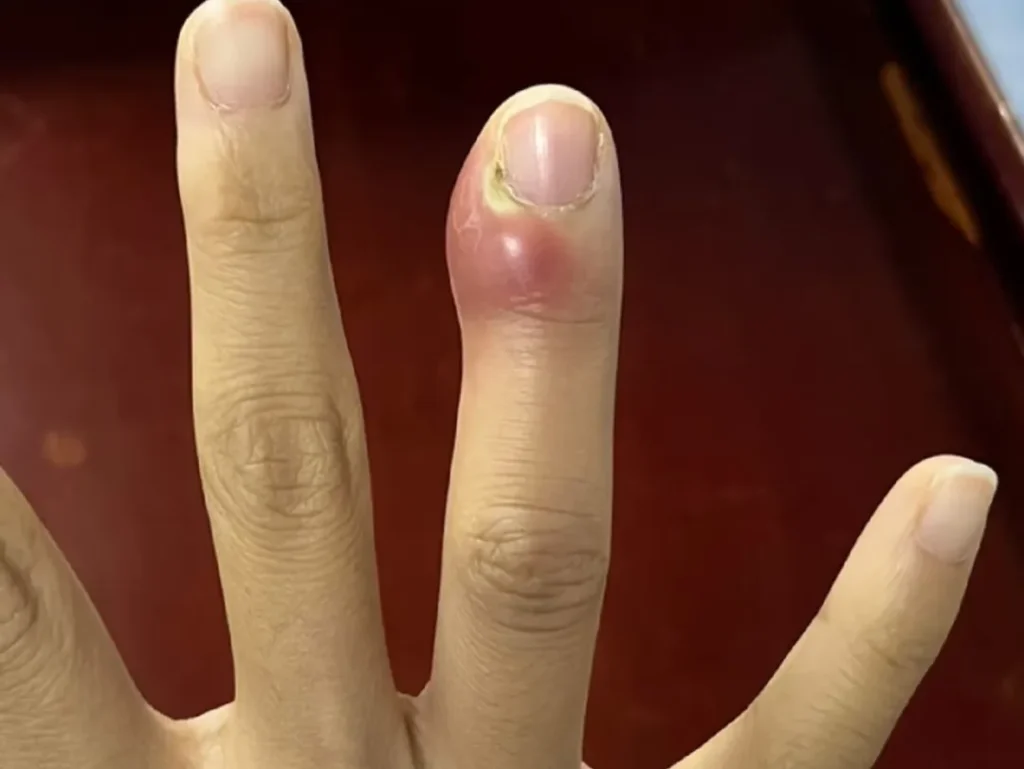
5. What If You Get Hangnails on Your Feet?
Hangnails aren’t just a problem for your fingers. Toe hangnails are often caused by friction from tight shoes and lack of moisture.
How to Prevent Foot Hangnails:
- Wear comfortable, well-fitting shoes.
- Keep feet moisturized with a lightweight lotion.
- If you see peeling skin between your toes, it might be athlete’s foot—consult a doctor for treatment.
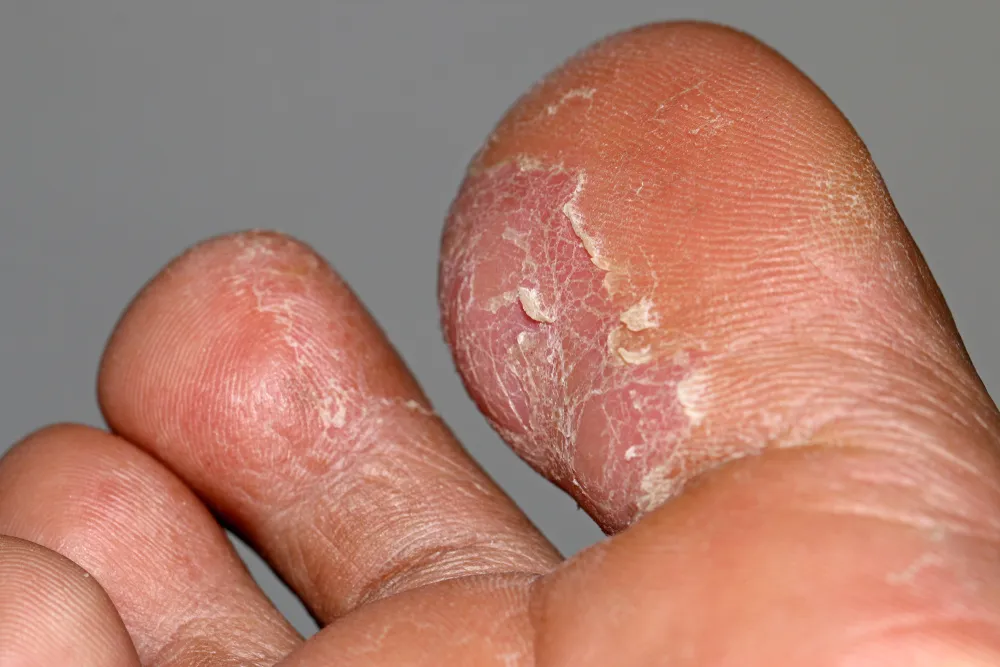
Quick Tips to Keep Hangnails Away for Good!
- Don’t pull hangnails—trim them instead.
- Moisturize your hands and cuticles daily.
- Use gentle, non-drying soaps and hand sanitizers.
- Wear gloves when cleaning or washing dishes.
- Disinfect hangnail wounds immediately.
By following these simple habits, you can avoid the annoyance (and pain) of hangnails. No more bloody fingers, no more infections—just smooth, healthy hands!







